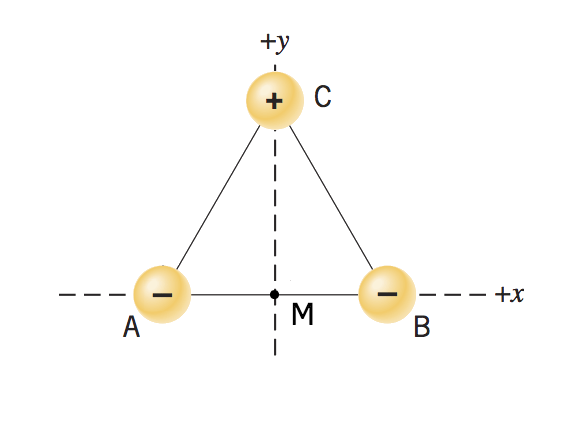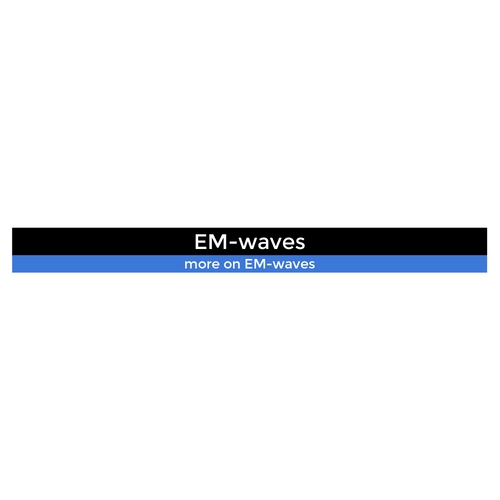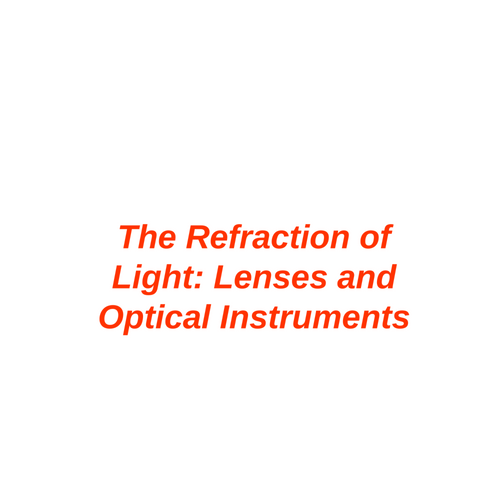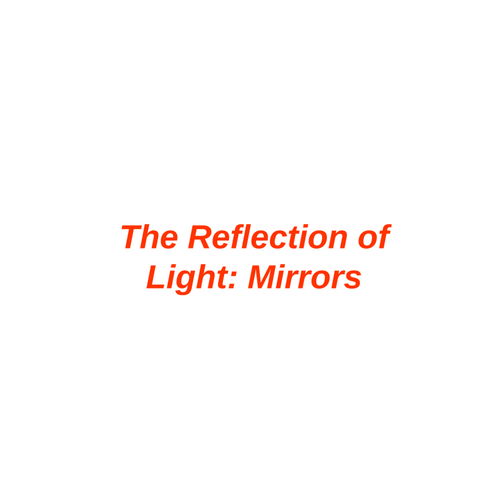Electrostatics
The Electric Force
Electrostatics
The Electric Force
Coulomb's Law
Phenomenological approach
Summary of evidence from observations:
*Like charges repel, unlike attract
For point charges:
*Changing either charge changes the force proportionally. (e.g. doubling either charge doubles the force)
*The force decreases as the distance between the charges increase, and vice versa.
*The force changes quadratically with the distance (e.g. halving the distance quadruples the force)
Electrostatics
The Electric Charge
... and the rest of the cast

Electrostatics
The influence & interaction of electric charges
The Cast
potential
potential energy
field
force
charge
flux
influence
interaction
Electric ....
Electrostatics
The influence & interaction of electric charges
The Cast - relationship map
Electric ....
influence
interaction
Electrostatics
The Electric Field
and The Electric Force

Electrostatics
The Electric Field
Relationship to the Electric Force
influence at some location in space
interaction between charges
Electric Field
Electric Force
Electrostatics
The Electric Field
Relationship to the Electric Force

influence at some location in space
interaction between charges
Electric Field
Electric Force


Electrostatics
The Electric Force
between two point-charges
Electrostatics
The Electric Force
between two point charges



The Electric Field generated by q1 at the location P:
Another charge q2 placed at P would experience a force:
Putting it together:
Electrostatics
The Electric Force
Coulomb's Law
Electrostatics
The Electric Force
Coulomb's Law -- direction information




Electrostatics
The Electric Force
Coulomb's Law -- attraction & repulsion










Electrostatics
The Electric Force
The net Electric Force due to a configuration of charges
Electrostatics
The Electric Force
Coulomb's Law
For a given configuration of point charges
Electrostatics
The Electric Force
Coulomb's Law
The interaction can be described in terms of force-pairs
Electrostatics
The Electric Force
Coulomb's Law
The net electric force on a charge of interest is the vector sum of all the electric forces acting on it.
Electrostatics
The Electric Force
Coulomb's Law -- Check your understanding
Three identical small spheres are fixed on the vertices of an equilateral triangle whose side is [d] cm in length. The spheres at vertices A and B carry negative excess charges, qA and qB, respectively. The sphere at vertex C carries excess positive charge, qC.
Suppose that qA=qB, what is the magnitude and direction of the net electric force on the sphere at C due to the charges at A and B.


The force on C due to the combined effect of A and B is the vector sum of the forces on C due to A, and on C due to B:
The magnitude of each of the forces is given by Coulomb's law. However, since these forces are pointing in different directions, the only way to find their resultant is by vector addition:

Due to the symmetry, the x components of the forces are going to cancel each other because they would be equal and opposite. The y components would add:
Electrostatics
The Electric Force
Coulomb's Law -- Check your understanding
Electric Force
By drmoussaphysics
Electric Force
- 527



